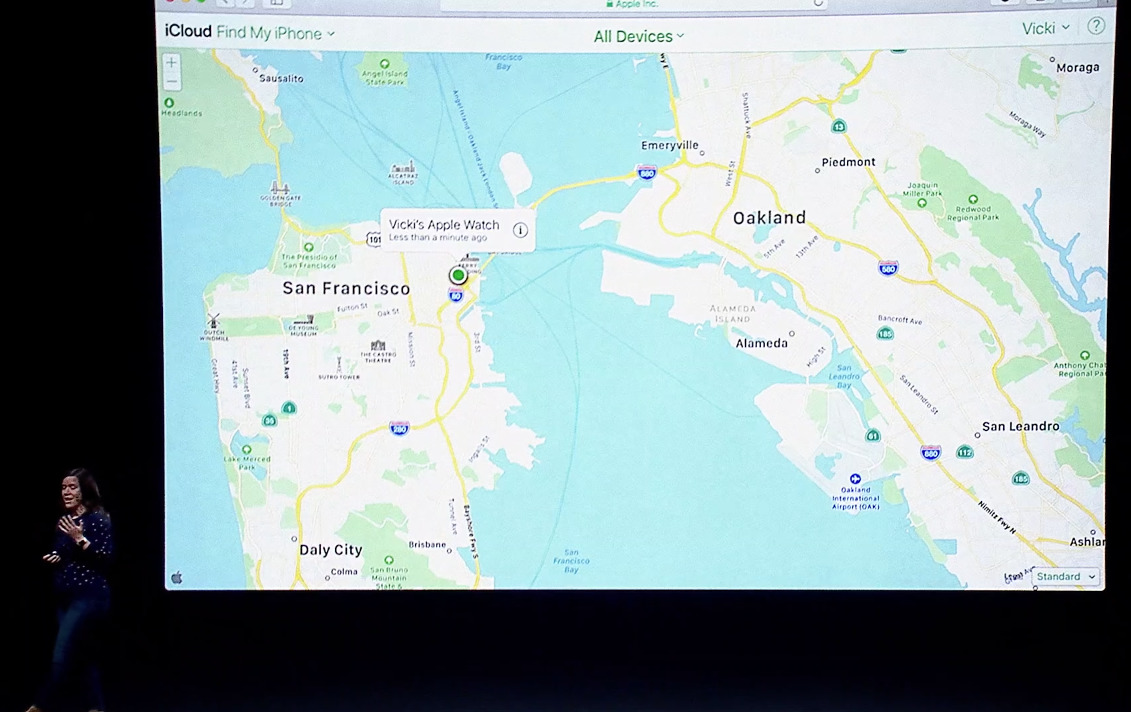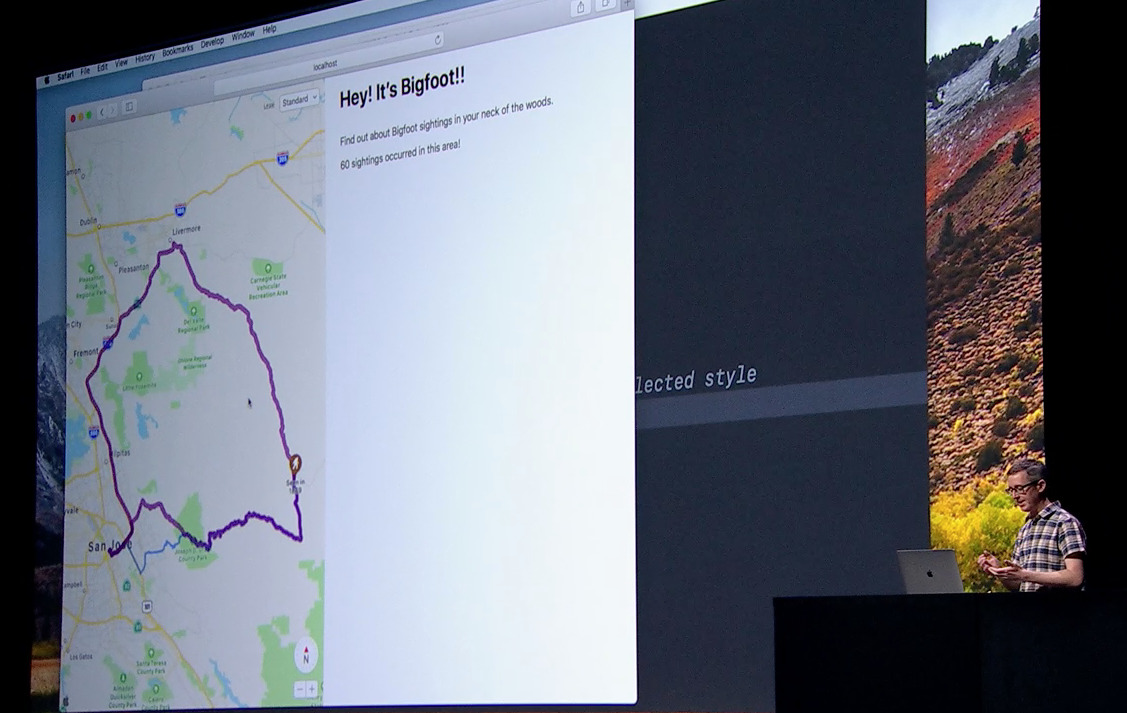Apple Maps extends to the web with MapKit JS beta
Apple is expanding what can be done with Apple Maps, announcing at WWDC 2018 that MapKit JS can be used to embed maps within a website, a function that has been offered by its competition for a considerable amount of time.
MapKit JS is a feature that has been used by Apple for some time, with it powering the maps viewable in the Find My iPhone function on iCloud.com, store searches on the Apple website, and the WWDC 2018 website. The same function is now able to be used by developers in beta, allowing it to be embedded on their own sites.
Functionally similar to the existing MapKit provided to iOS app developers, MapKit JS can display a defined map area of the developer's choosing, pinpoint locations in user searches, and navigational directions between two places. The only real difference between the two versions is that MapKit JS is a JavaScript API that renders within a browser, rather than within an app.
Developers can also add annotations and overlays to the map to customize it, with additional options to display a standard street map or satellite imagery. It is also possible for the map to enable or disable panning, zooming, and rotation, depending on what is required.
As part of its optimization for assorted browsers and device types, MapKit JS also supports standard touchscreen gestures, including pinch-to-zoom and two-finger rotation.
Most users on recent hardware will see the map rendered in WebGL, which provides smooth transitions when zooming, and more control over how labels and annotations work in relation to other map elements. For low-performance devices and other limiting situations, MapKit JS can automatically adapt to a mode that uses image tiles, an older map rendering technology.
Developers are required to sign up through their Apple Developer account and obtain a key, in order to use the MapKit JS beta. There is a free-usage limitation of 250,000 map initializations per key per day, as well as 25,000 service requests which covers geocoding and searches, with developers requiring higher allocations needing to contact Apple on the matter.
The introduction of MapKit JS brings Apple Maps in line with its online mapping rivals, as both Microsoft's Bing Maps and Google Maps already allow developers to embed maps in webpages.
 Malcolm Owen
Malcolm Owen












 Chip Loder
Chip Loder
 Andrew Orr
Andrew Orr
 Christine McKee
Christine McKee
 Marko Zivkovic
Marko Zivkovic

 Mike Wuerthele
Mike Wuerthele
 William Gallagher
William Gallagher








